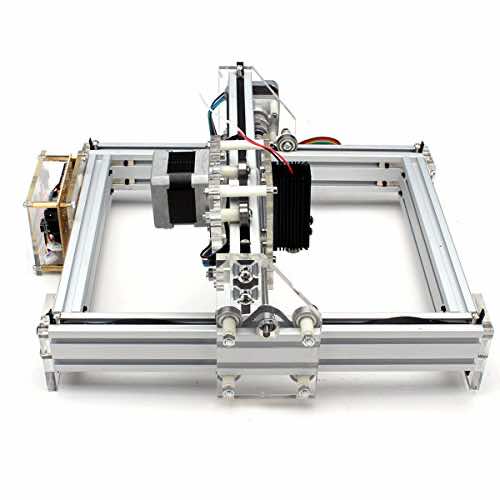In modern manufacturing, both robotics and CNC machining plays a crucial role in automation. However, there is some confusion regarding whether CNC is a part of robotics or acts as a preprogrammed machine that initiates commands. Another question mechanists ask: which of the two is better, and for what purpose will both serve in the future?
CNC Machining
Computer Numerical Control (CNC) is a preprogrammed manufacturing process that requires a programmer and a designer to implement instructions. CNC services will create machinery such as routers, saws, lathes, grinders, mills, and broachers with incredible speed and accuracy.
Robotics
Robots are intelligent machines that help humans with processes by automating a much wider range of manufacturing tasks. For example, an essential part of some car mechanic training courses is to know how to work with automated mechanical machines. Modern robots now can even make minor decisions that improve on their initial programming.
Robots vs. CNC Machines
Affordability
Both machine tools and robots can be expensive, but a cutting machine produced by a robot has two advantages over CNC machines: their versatility and workspace. Machining objects of any size, complexity, and shape have more possibilities with robots because they offer more value at half the cost. It’s estimated that a robot is 30% cheaper than CNC machines.
However, if you’re looking for an even cheaper option, you can try sheet metal services. Sheet metal fabrication involves cutting and bending sheets of metal to form different shapes and is more cost-effective than CNC machining when it comes to cutting through metal components.
Rigidity
Rigidity refers to the stiffness of a tool: the more rigid the tool, the more accurate the machine will be. Robots usually are less stiff than CNC machines at a rate of less than 1 Newton per micrometer. CNC machines are more rigid by a significant amount because they typically have more than 50 Newtons per micrometer.
Less rigid tools will vibrate more often and have a lower natural frequency. CNC machines will work at several thousand Hz, whereas robots can only function at 10 to 20 Hz.
Robots still function well for softer materials like plastic, wood, and foam, but you’ll need to leave titanium and steel to CNC machines.
Versatility
CNC machines aren’t as versatile as robots – not by a long shot. Since CNC machines need to have specific programming inputs to function, they need to rotate between programs to complete a different project. CNC machines are also only good at a specific task, whereas robots can do everything they do (drilling, turning, milling) but faster.
Robots can move along more complex paths as well with at least 6 Degrees of Freedom. CNC machines only have 4 DoF
Workspace
While CNC machines can be large, they often have to be custom made or cost thousands more than a robot’s workspace, which is cheaper. If you have a large workspace, you can take advantage of a robot with a working envelope of 7-8 cubic meters.
Accuracy
If accuracy is your top priority, then purchase a CNC machine. High-end machines can be incredibly accurate to the degree of 20-50 microns (some are even as precise as 0.2 microns). This accuracy is critical when producing parts for machining because a mismatched cog can dismantle the whole object.
It doesn’t mean the robots aren’t accurate, but they have an issue with getting to the 20-50 micron state due to their poor rigidity. Over the past few years, robots have become more accurate and capable of 100-200 microns.
Keep in mind that an accurate robot needs good calibration.

